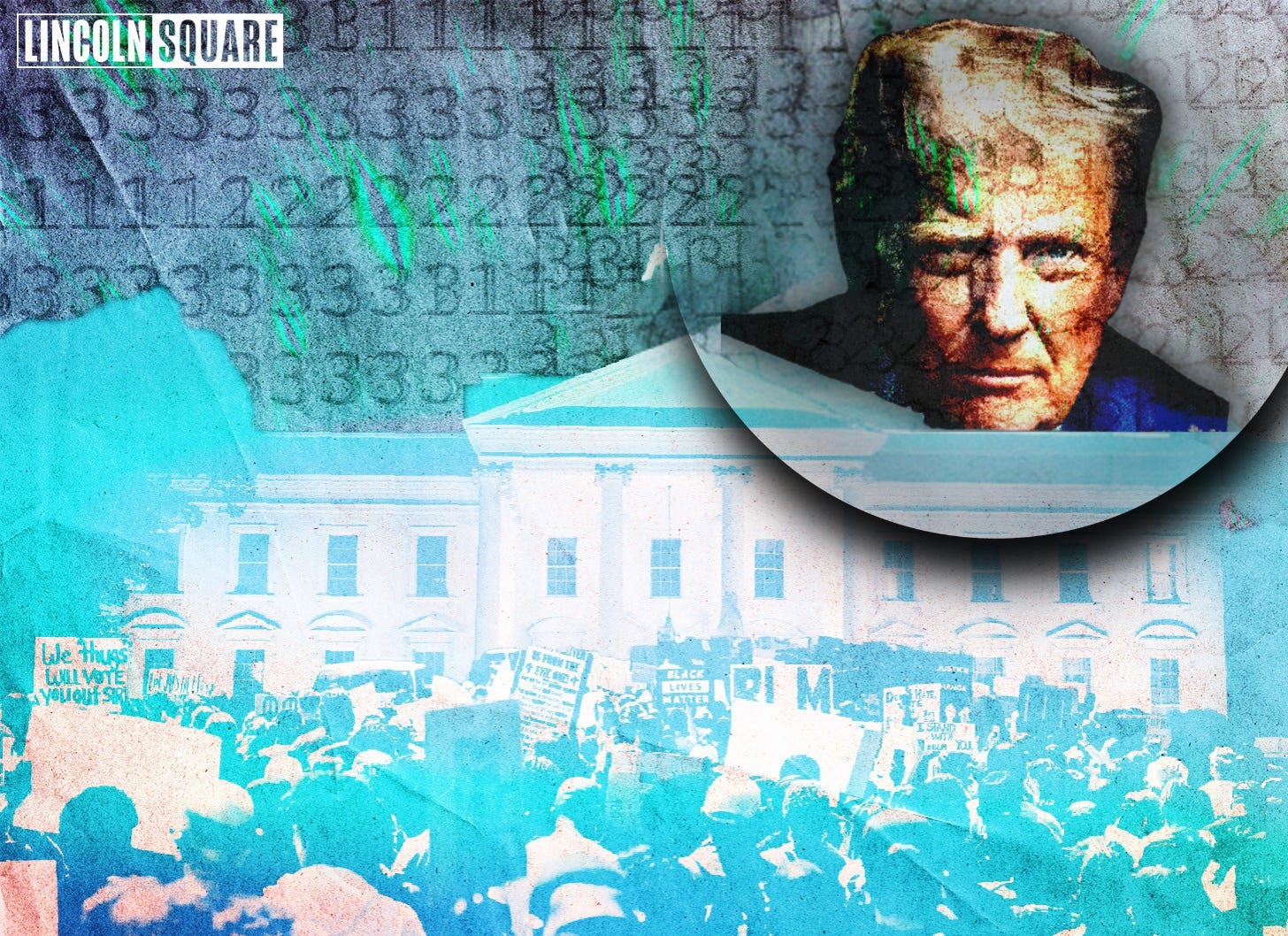They’ll Use AI to Centralize Power. We Must Use It to Decentralize Resistance.
Fear consolidates. Freedom distributes.
By Trygve Olson
This is the sixth in the seven-part series, “AI vs. Autocracy: Seven Lessons in the New Battle for Democracy.”
Authoritarianism thrives on control.
And artificial intelligence — especially large language models (LLMs), predictive surveillance tools, and AI-enhanced information pipelines — gives autocrats somethi…




